The Mercedes EQA is the smallest and most accessible electric model from Mercedes-Benz India. And there’s just one single-motor, long-range variant of this crossover SUV. We drove it in Jaipur in pouring rain.
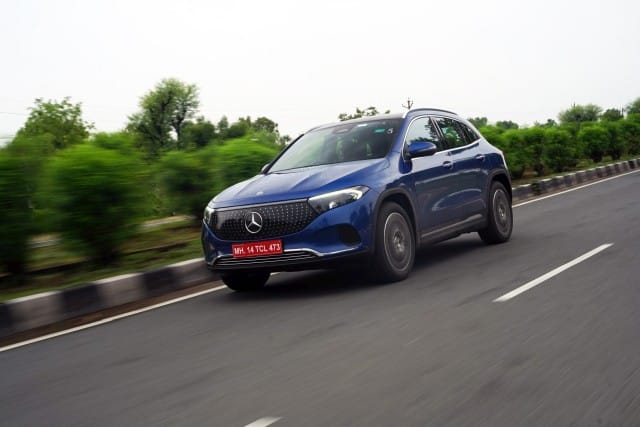
Story: Jim Gorde
Photography: Apurva Ambep & Mercedes-Benz India
The Mercedes EQA is not a particularly new model, having sold more than 130,000 units worldwide since it arrived in February 2021. Of course, in what has become a world where there are even more takers for a car that is an extension of their gadget-based lifestyle, it makes sense to them to have something with that sort of connectivity and equipment while putting feel and driving pleasure on the back-burner, or even off the stove entirely. The facelift 2024 model now arrives in India—a huge market of brand-conscious buyers waiting to be satiated.
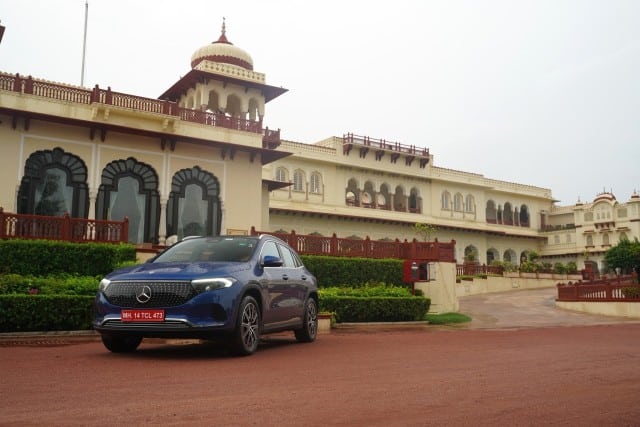
The Mercedes EQA is the size of the GLA, of which it essentially is the electric version. At 4,463 millimetres long with a wheelbase of 2,729 mm—identical to that of the GLA and 100 mm shorter than that of the slightly larger and more versatile EQB—the EQA has a compact footprint and presents the perfect entry point for those who want to have an electric car from the three-pointed star in their garage. So, let’s dive in, shall we?
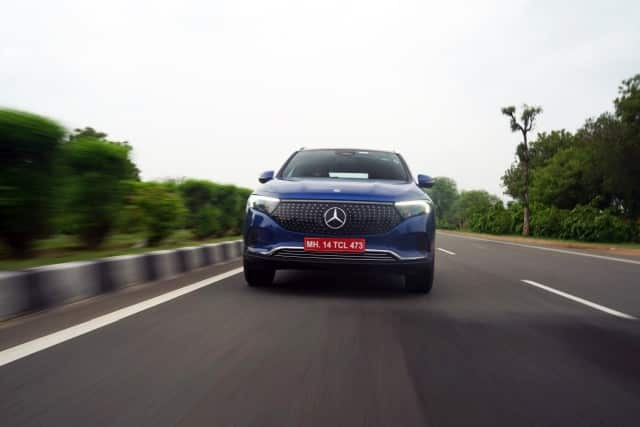
Styling-wise, the familiar star-studded grille retains the “Mercedes-EQ” face; the shortly-lived sub-brand has already confined to the history books. It is instantly recognisable as a modern Mercedes-Benz model with smooth lines, shapely curves and striking details. Mercedes designers sure know how to grab eyeballs. Besides, this seemed to be an AMG Line trim level because it has 19-inch AMG aero wheels as standard, with rather low-profile 215/50 rubber, and a firm ride, too. But more on that later. The side profile is akin to the GLA, with an identical wheelbase, and silhouette. The rear gets snazzy LED lighting and a connected tail-light bar.
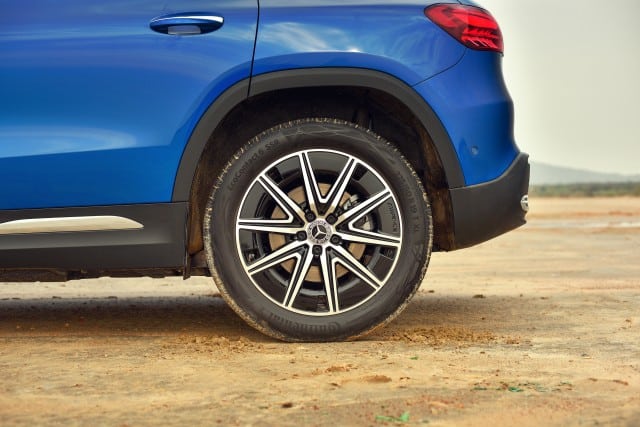
The gadgetry and sustainable approach dominate the Mercedes EQA 250+’s interior more than anything else. The dual screens, combining two 10.25-inch displays, a centre touchscreen and a driver information display, are joined by a new head-up display. The in-built navigation now also uses augmented reality for even more involving route guidance.
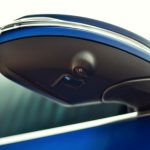
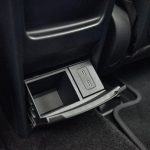
With standard equipment comprising kit from the Advanced Package and Premium Package in European markets, the driver is supported by blind-spot assistance, active cruise control (Distronic+), a 360° camera from the Parking Package and a premium Burmester surround-sound system for a Dolby Atmos experience. There is also the addition of five USB type-C ports, one near the wireless charger in the centre console, two in the arm-rest storage and two at the rear. Besides, with Android Auto and Apple CarPlay as well as the dedicated Mercedes me app, there is a strong connect between the EQA and the user’s smartphone.
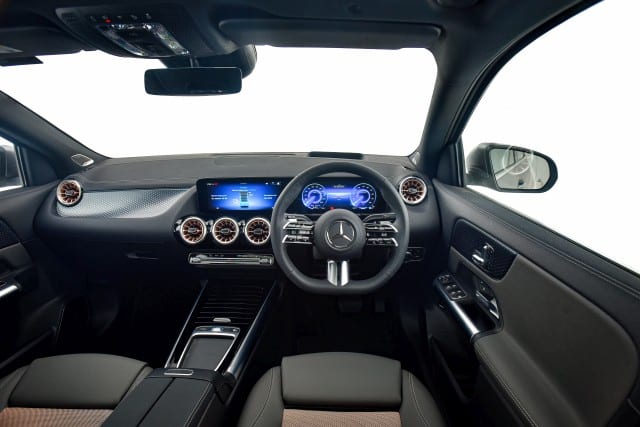
More highlights are dual blinds for the sunroof and the ambient lighting, which extends from the door panels to the dashboard and also incorporates lighting in the star design ahead of the front passenger seat. The seats are, in fact, made of a mix of Artico (human-made leather) and a material produced using recycled PET bottles. While not particularly comfortable or supportive for large occupants, front or rear, they do a good job of furthering the sustainability aspect. Behind the rear seat is a boot good for 340 litres and expandable to as much as 1,320 litres.
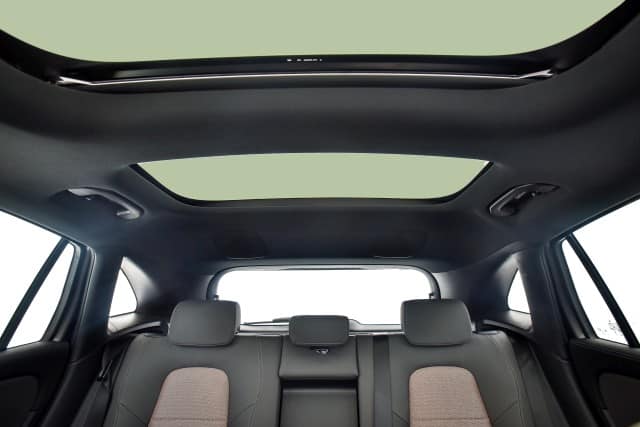
The Mercedes EQA 250+ badging points to it being the long-range version, with a 70.5-kWh battery pack as opposed to the 66-kWh battery pack in the standard-range version, which is a mere four kilowatt-hour more and 10 kg lighter. Both use the same 140-kW motor, which delivers 190 hp and 385 Nm to the front wheels via a single-speed transmission. The EQA 250+ weighs in at 2,055 kg and is rated at up to 560 km on the WLTP cycle; which seems pretty doable considering our data readout showed an indicated 527 km. This one can hit 0-100 k/h in 8.6 seconds and get up to a maximum top speed of 160 km/h. The former is something buyers will boast of while the latter is probably going to be far more than adequate for them.





















Leave a Reply